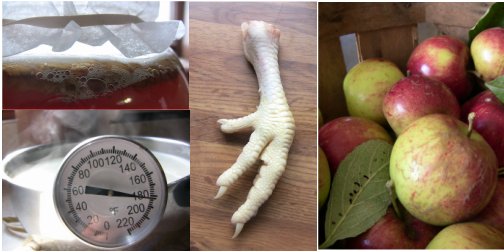Find a three-ring binder and some lined notebook paper. Find a three-ring hole punch to use on printed pages. I have dividers for the following sections:
Personal
I keep the following information in the first half of my notebook.
1. Household Information: phone numbers, birthdays & anniversaries, routines and/or to-do lists.
2. Dreams & Goals: long-term goals (5-year, 10-year, someday), my ideal day, and short-term goals (yearly, quarterly, monthly).
3. Personal Development: people skills, productivity, and personality type info. I keep a summary of 7 Habits of Highly Effective People and a summary of Getting Things Done in this section.
4. Money/Finance: monthly budget. You can also keep your financial goals, investment ideas or other money-related information in this section.
5. Health & Fitness: nutrition information, workout plans, fitness goals and health records. Each month I try to take some measurements, weight and body fat percentage and write it in this section. It takes about 5 minutes. You can also keep a log of exercise and/or weight lifting records here. Keeping records will tell you if you're making any progress and help you keep on track to meeting your fitness goals.
Homemaking
I keep the following sections in the last half of my notebook.
1. Cleaning: Daily, weekly, monthly, seasonal and annual cleaning check-list.
2. Gardening: garden plans, seed inventory, dried herb inventory, quarterly canning checklist, planting instructions, garden records from previous year, other gardening information.
3. Cooking: recipes (only complicated ones too big to fit on a recipe card), freezer inventory, pantry inventory, other cooking information.
4. Decorating: home decorating information, pictures of homes that I like (a physical Pinterest board).
5. Relationships: mostly notes from marriage books that Hubs and I have read together. You could also include date ideas here.
6. Foraging: information on identifying plants and trees in your area.
7. Goats/Animals: breeding and other care records, information on hoof trimming and other husbandry.
And that's all folks! It's good to review your notebook once a month, or at least once quarterly. Sometimes I make copies of this information and put it in other places: menu plan gets posted inside a kitchen cabinet, phone numbers should be beside the phone, cleaning checklists by the cleaning cart, etc. Most of my recipes are in a recipe card holder in the kitchen.
In addition to this notebook, I also have a small monthly planner from the dollar store. I use this to scribble "unofficial" records in- things like when the maple sap is running or how long it took for the tomato seeds to sprout. This way I don't have to get out my big notebook if I want to make a quick note of something. Later I transfer the scribbles into the appropriate sections if necessary.
Another thing you may want to keep is a calendar of events. Hubs and I don't have very many events to write down, but this may be helpful if you have children.
How do you plan and keep organized?
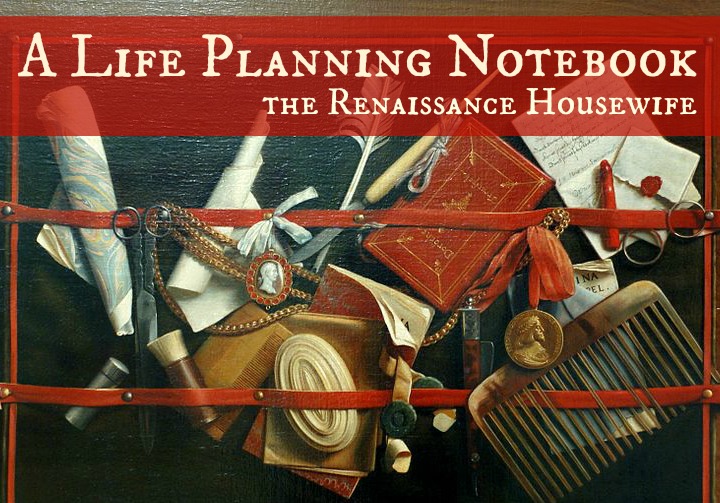

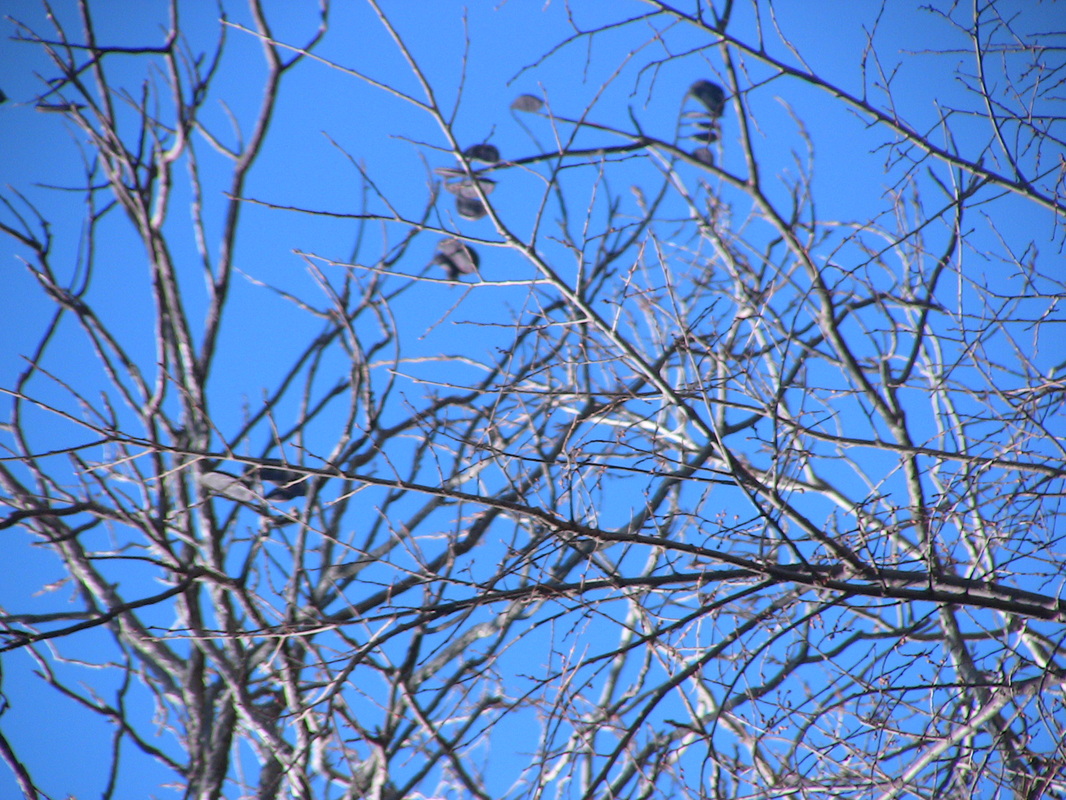
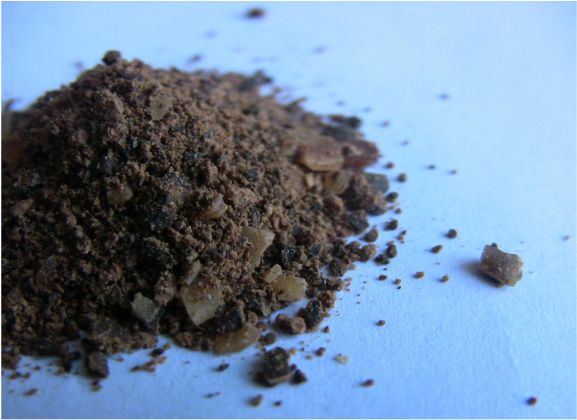
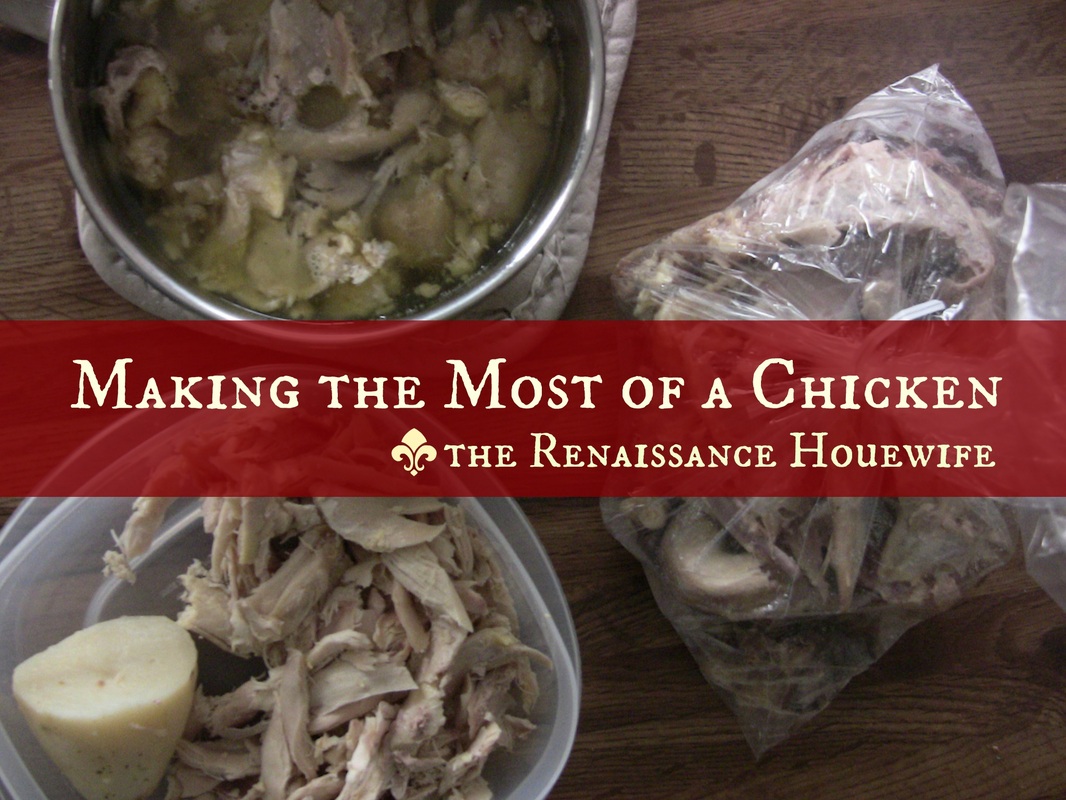
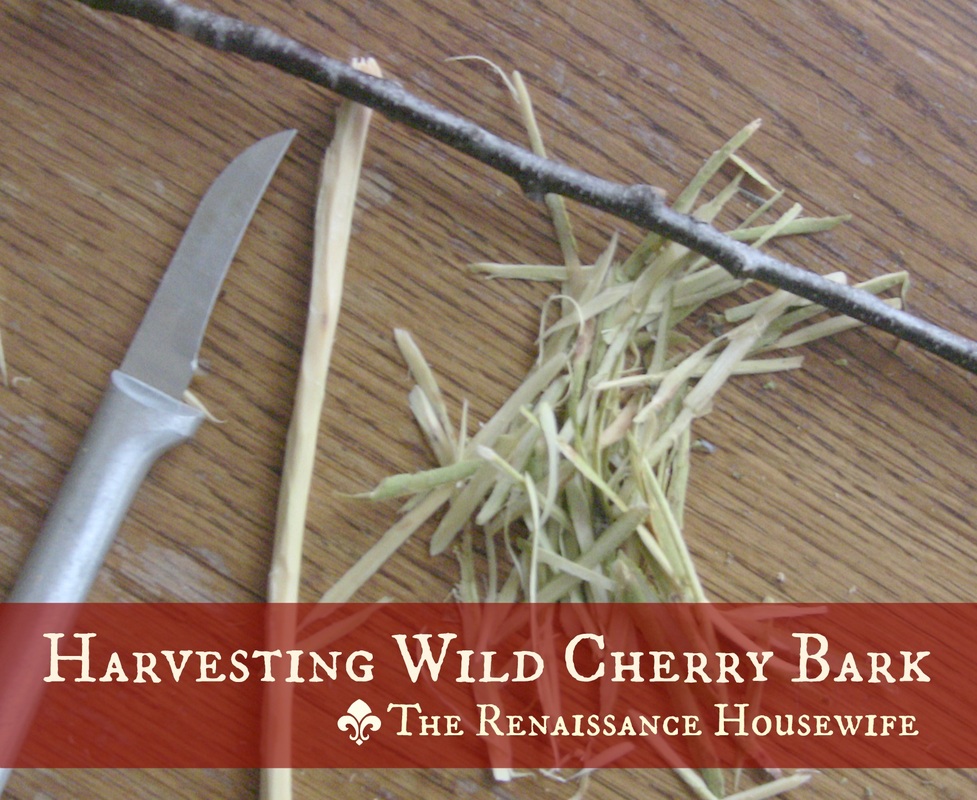
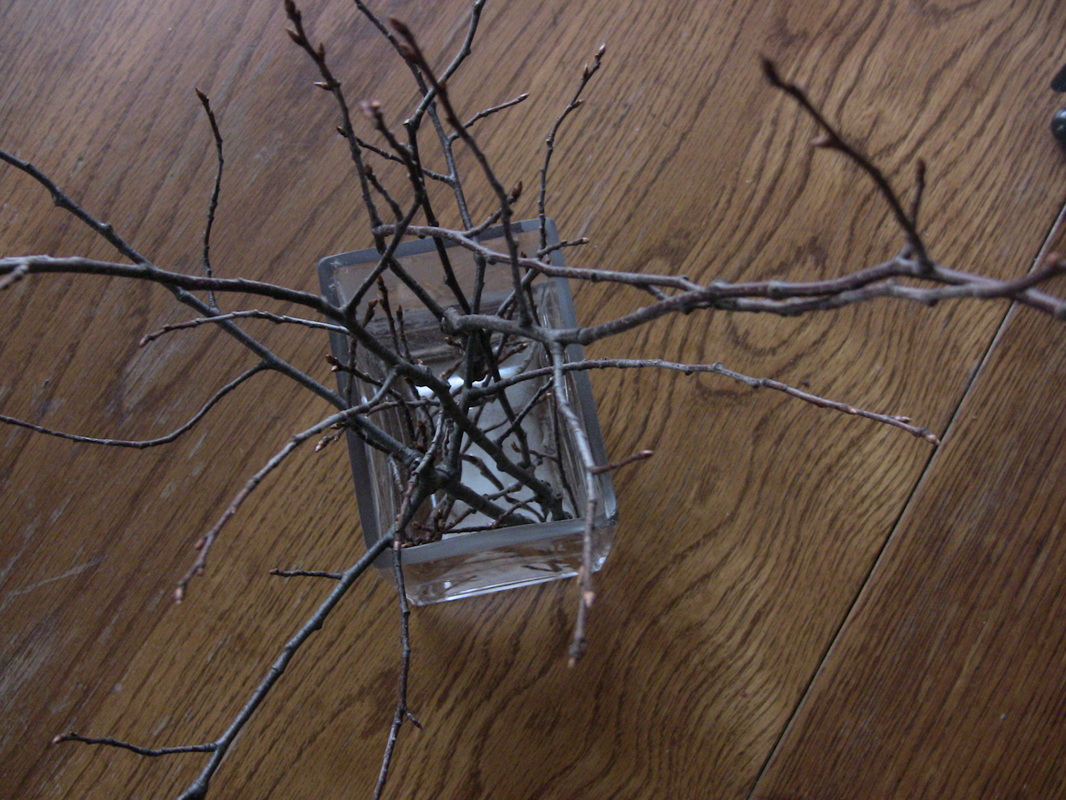
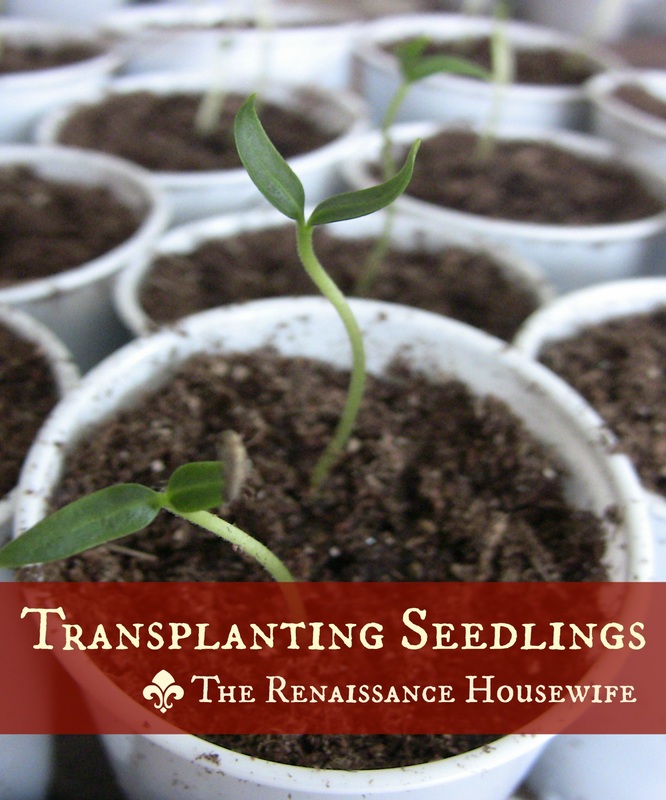
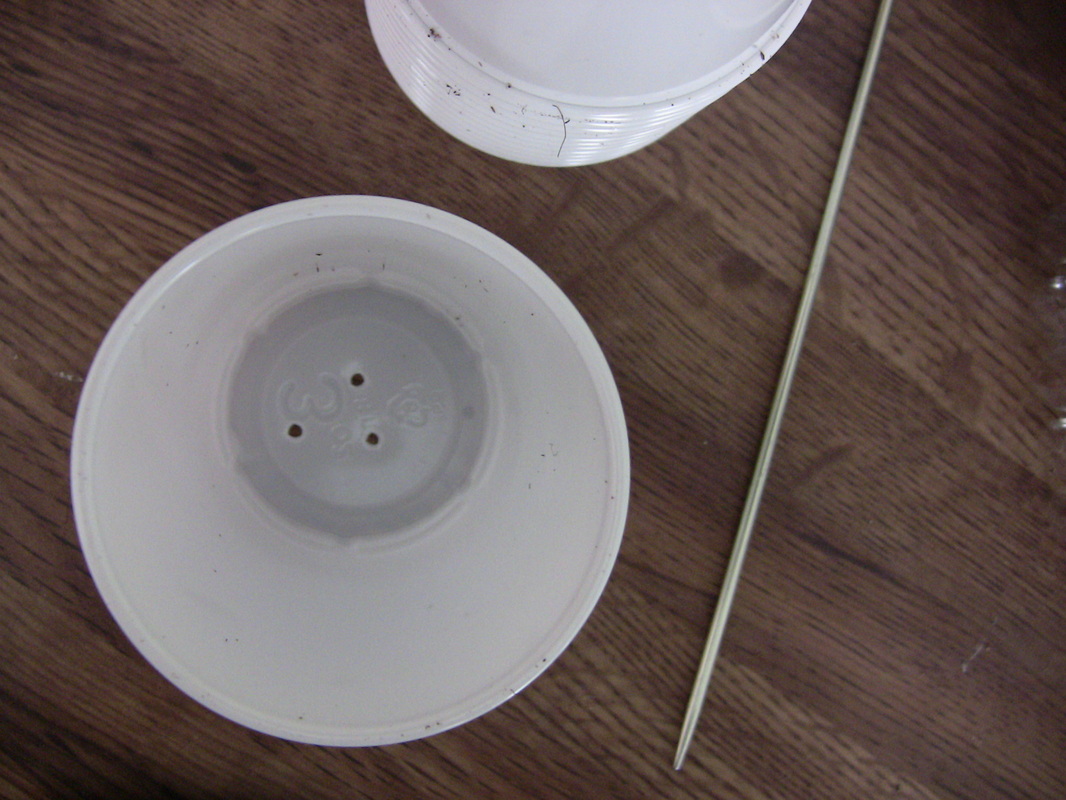
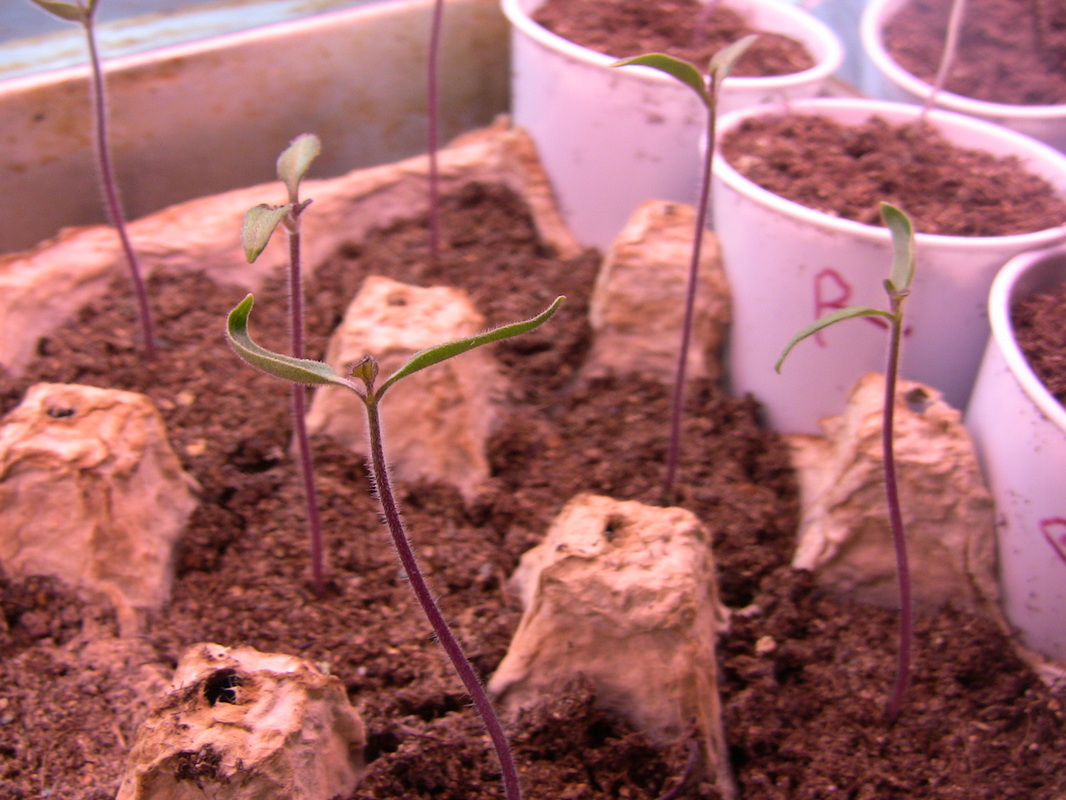
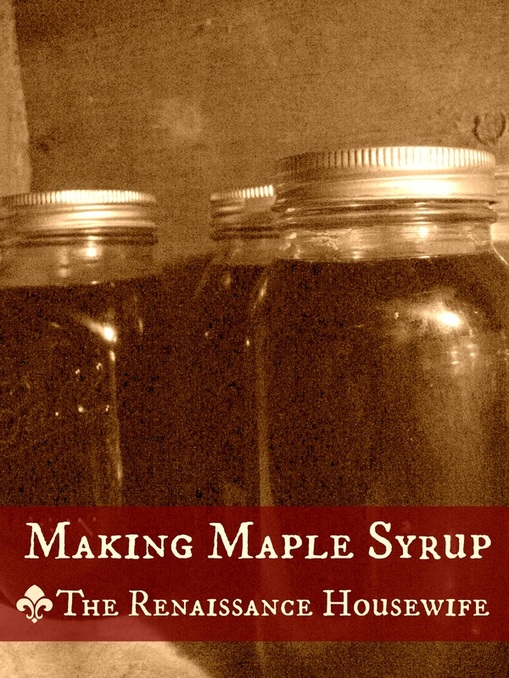
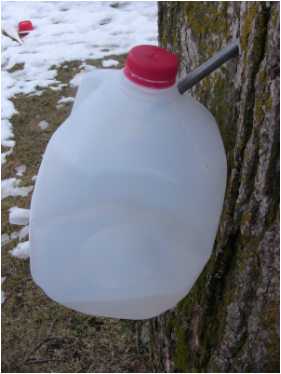

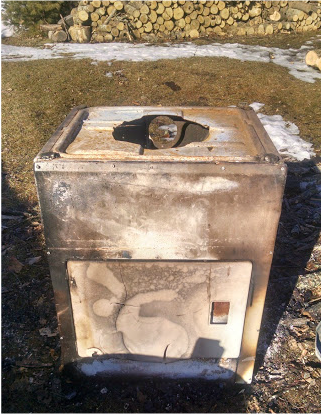
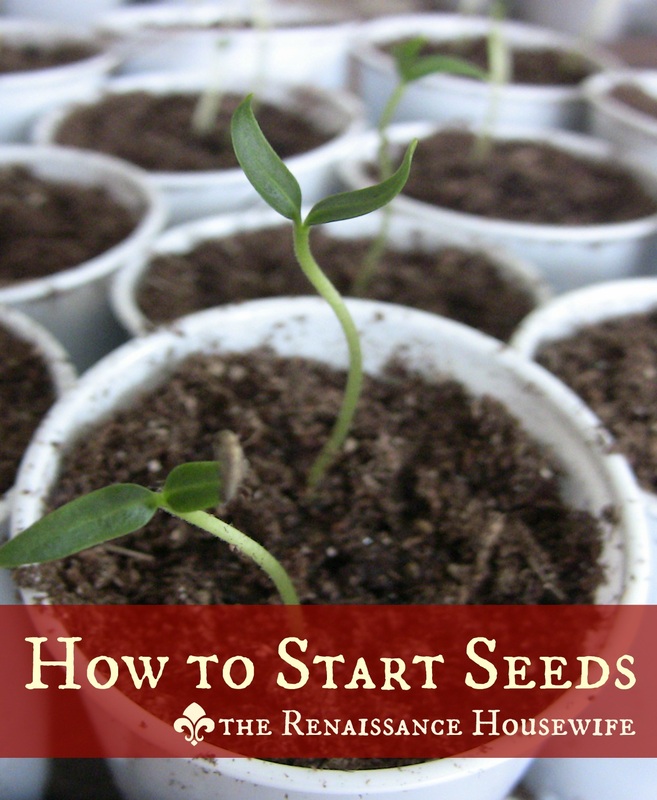
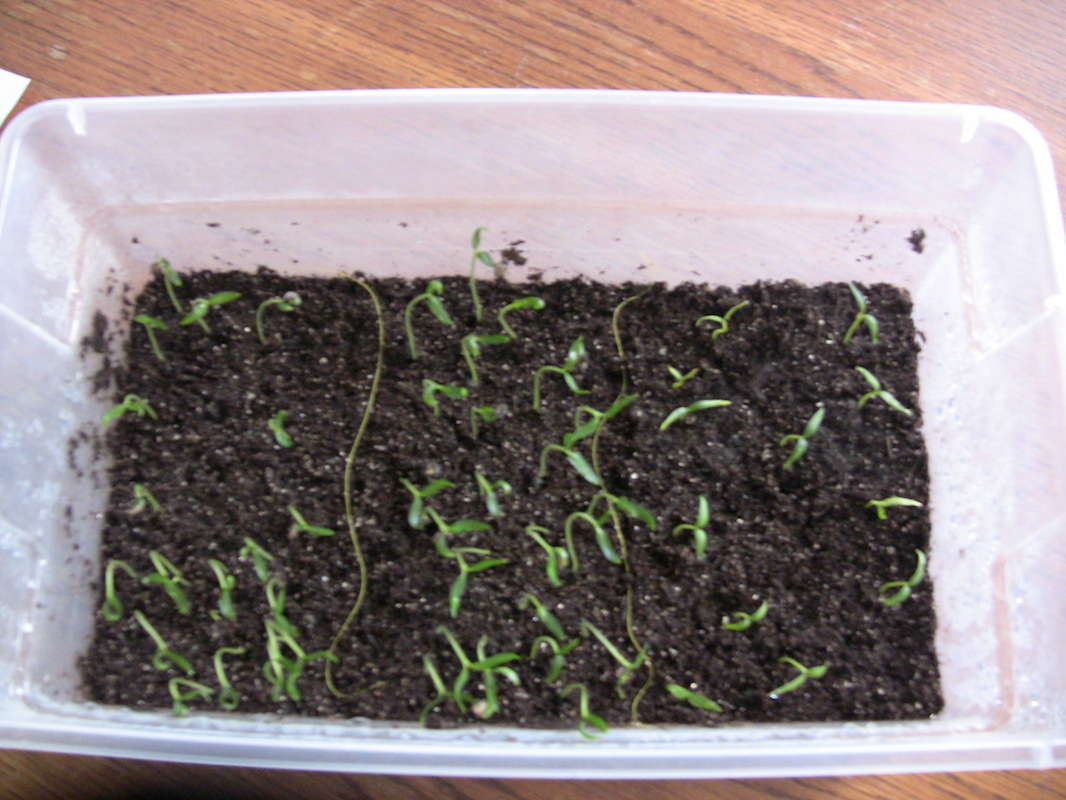
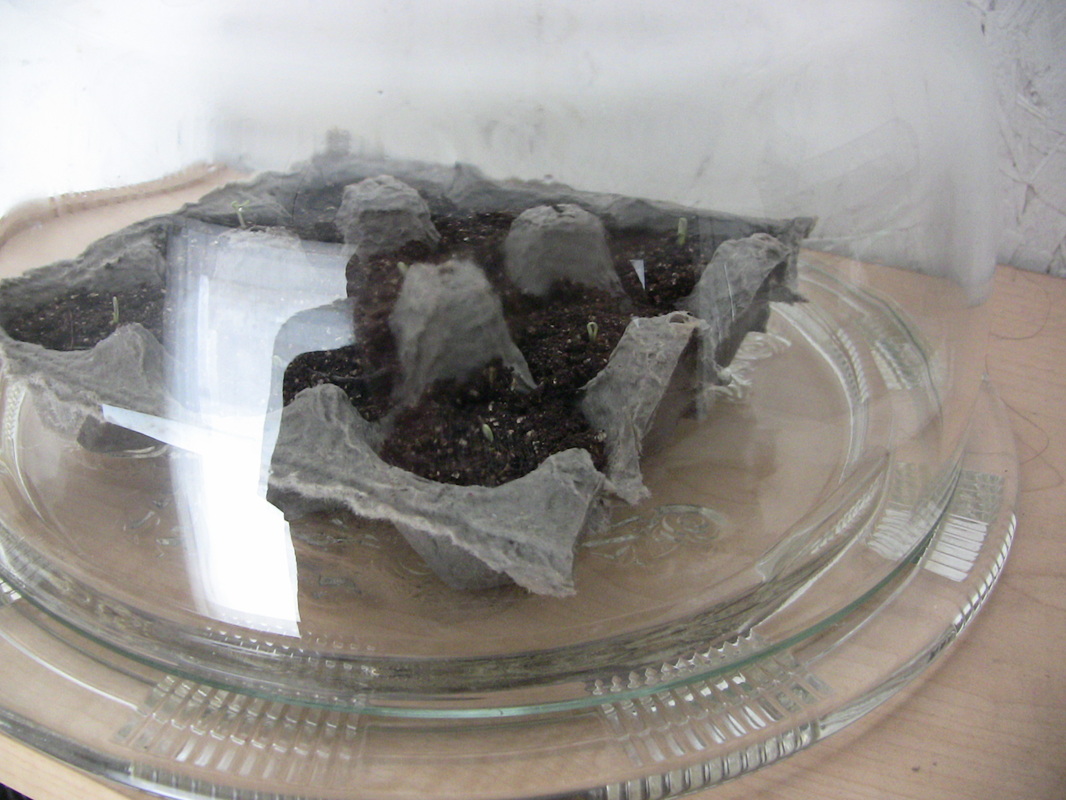
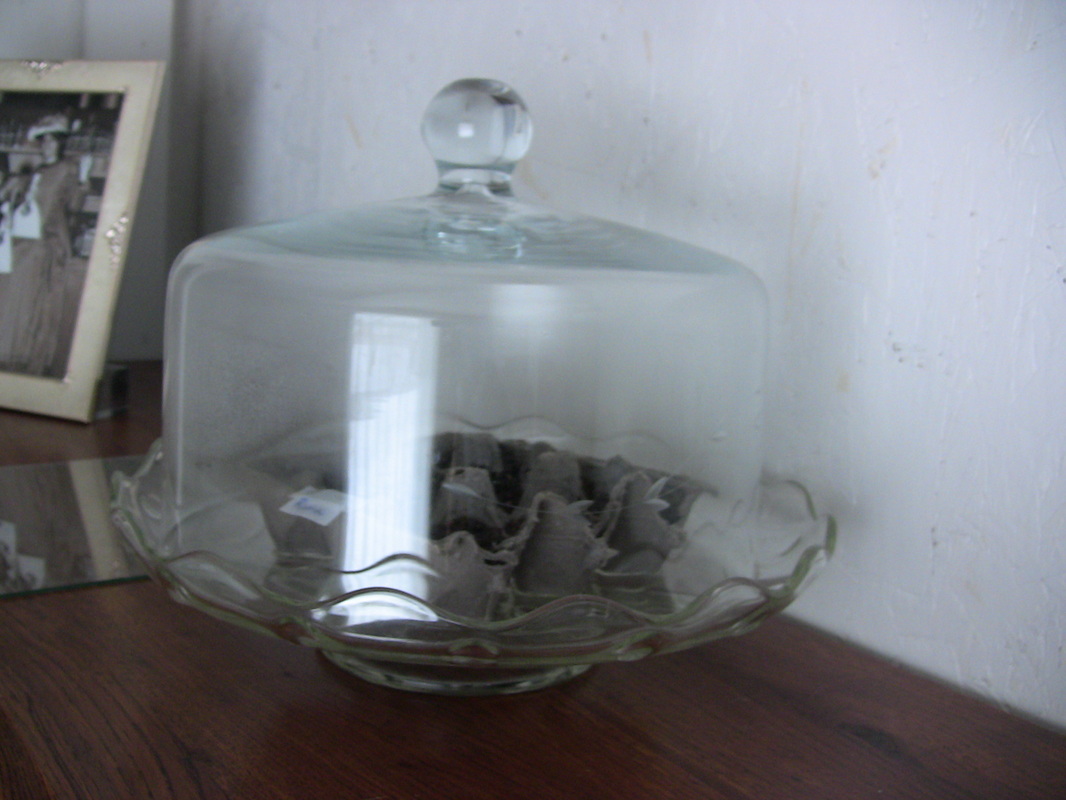
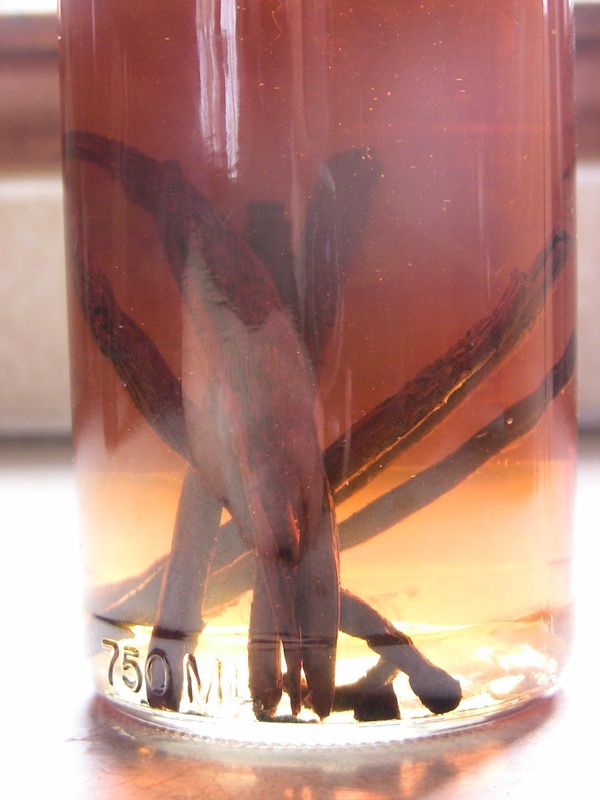

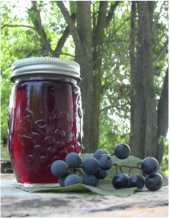


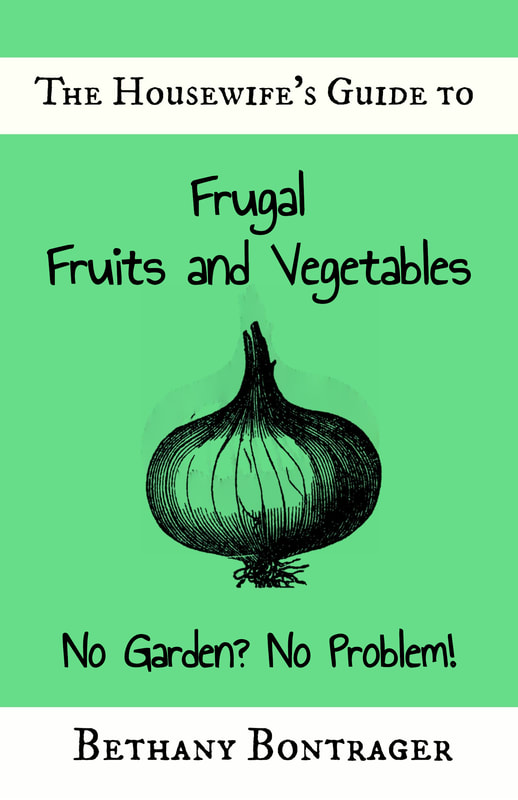
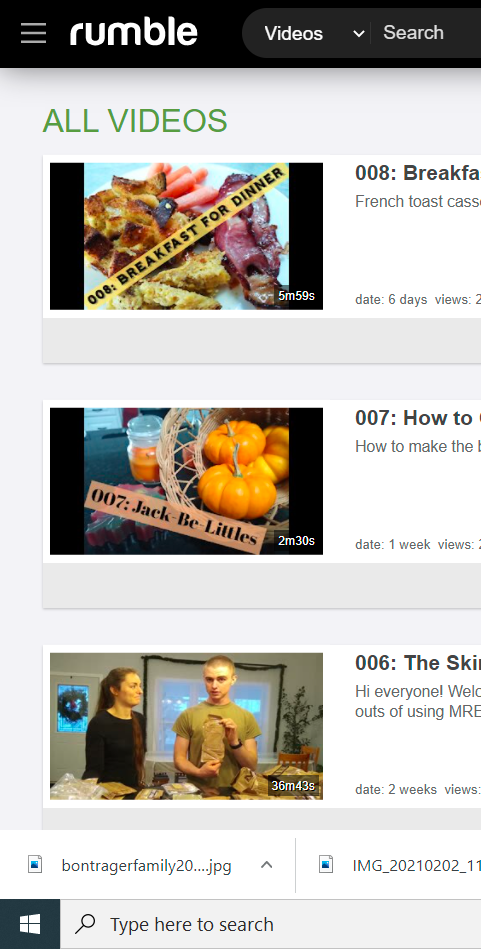
 RSS Feed
RSS Feed

